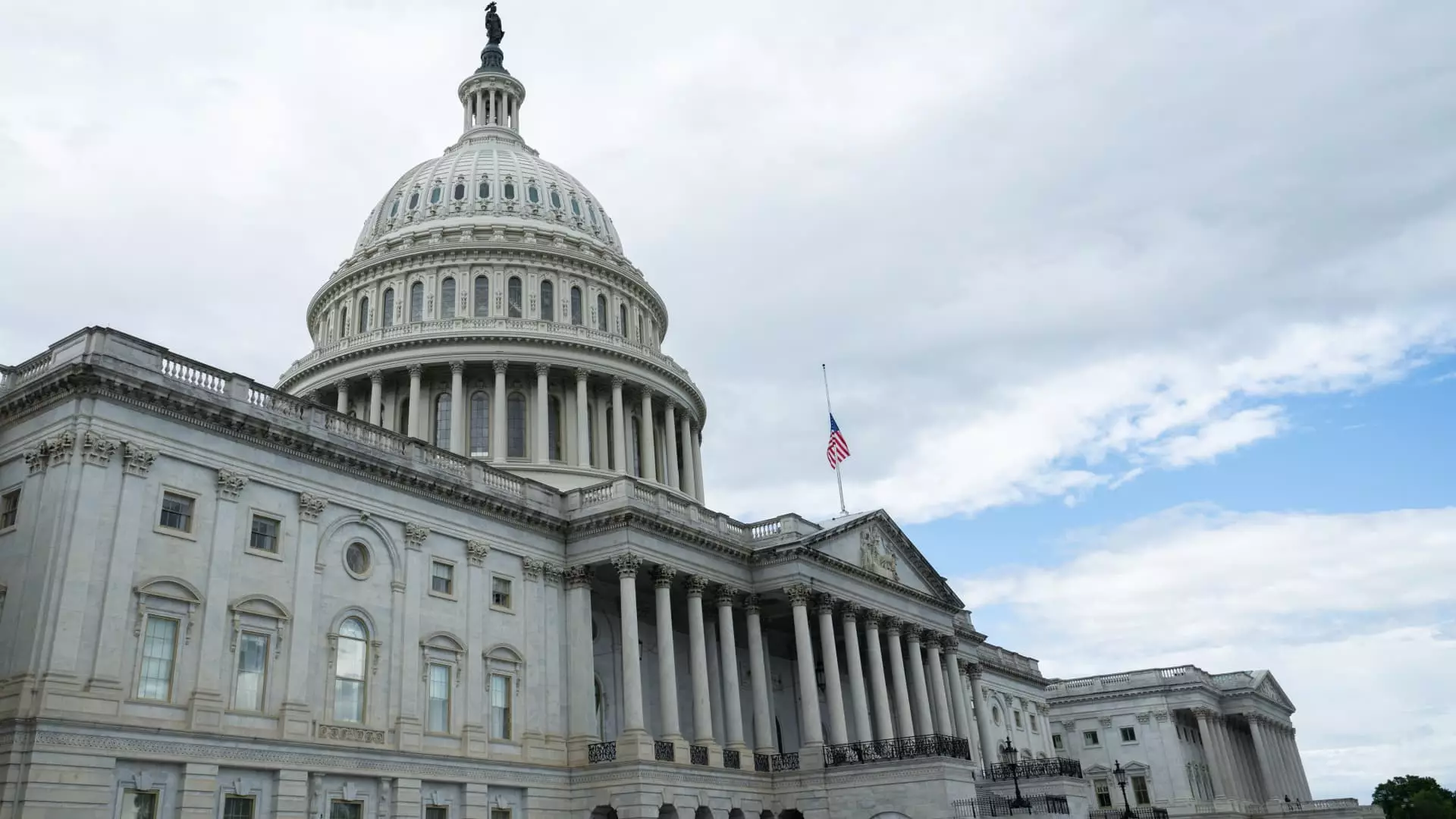The ongoing debate surrounding the massive tax cuts proposed by House Republicans reflects a staggering disconnect between political rhetoric and economic reality. As we stand on the brink of enacting a policy that reportedly promises tax relief yet threatens to deepen the nation’s debt crisis, it’s essential to weigh the potential ramifications of this legislation carefully. The implications go far beyond the immediate political gains for certain factions within Congress; they threaten the economic well-being of the everyday American citizen.
The Deceptive Allure of Tax Cuts
At first glance, a sweeping tax cut appears to be a boon for the average household—more money in pocket, increased consumer spending, and a surge in economic growth often touted by proponents. However, when a program promoted as beneficial carries a $3.1 trillion (and potentially upwards of $3.8 trillion) price tag over a decade, paid for largely through slashing safety-net programs, it raises serious warning flags. As Rep. Thomas Massie cleverly dubbed it, this legislation isn’t just a tax cut; it’s a “debt bomb ticking,” poised to destabilize not only the national economy but individual family finances as well.
This alarming projection demonstrates a fundamental, and perhaps fatal, flaw in the legislation. While the political elite cheer for drastic cuts in taxes predominantly benefiting wealthier Americans, the practical consequences reveal a system that rewards the rich at the expense of middle and lower-income families. Wouldn’t it be ironic if, while celebrating a yearly tax break, these same families find rising interest rates making home ownership an unattainable dream?
A Dangerous Trap of Rising National Debt
Many Americans might operate under the illusion that the implications of rising national debt are distant concerns, disconnected from their day-to-day lives. However, economists assert that this perspective could not be further from the truth. The average consumer may not realize it, but every increase in national debt has a direct impact on interest rates for mortgages, car loans, and other forms of borrowing. As our debt-load rises, bond investors start demanding higher returns, which trickles down to consumer financing costs.
Looking closely, Mark Zandi’s assessment that for every 1% increase in the debt-to-GDP ratio, the 10-year Treasury yield could rise by approximately 0.02 percentage points paints a sobering picture. If the House’s $3.1 trillion proposal becomes a reality, yields could spike sharply. A few years ago, the 10-year Treasury yield hovered around 2.1%, but it has climbed to around 4.1% recently. And with the proposed legislation, we might see it escalate to an unsettling 5% or more. What does that mean for the everyday American? A 30-year mortgage rate nearing 7.6%—a nightmare for first-time homebuyers especially.
The Tariff Myth: An Unreliable Revenue Generator
Supporters of the tax cuts often tout tariff revenue as a means to offset the losses incurred through tax cuts, but that too is a slippery slope. Relying on revenue from tariffs to fund tax cuts is akin to building a house on sand; it has no foundation of permanence. Tariffs can be revoked by the stroke of a pen, undermined by international trade agreements, or challenged in courts, leaving tax policy resting on shaky ground. As discussions advance toward the Senate, it is imperative to scrutinize the validity of claims regarding tariff-generated income as untrustworthy at best.
Moreover, the potential increase in national defense spending weighing against payment commitments on U.S. debt threatens to squeeze critical programs such as food assistance and healthcare for the vulnerable. It raises a fundamental question: Is the fight for tax cuts worth the price of social stability and public welfare?
Trusting Investors Amidst Economic Uncertainty
The discontent expressed by investors primarily stems from an increasing concern over the viability of government-backed bonds in the face of soaring national debt. The perception of risk associated with U.S. Treasury bonds could drive away potential buyers, leading to diminished demand and inevitably escalating interest rates. As bond prices drop, everyone—from wealthy investors to working families—feels the heat of a rising tide that lifts costs while sinking savings.
Many political figures seem to operate in a bubble, advocating tax cuts while ignoring the perilous trajectory their financial commitments put the nation on. While it is easy for lawmakers to indulge in fantasy math and ignore the warnings from economic experts, the consequences that emerge from escalating debt burdens can destabilize the financial lives of millions.
For all the promises of growth and innovation that hover around tax cuts, the rising debt threatens to undermine the very foundation of the economy. We must remain vigilant, hold our elected officials accountable, and demand policies that genuinely serve the interests of the public rather than short-sighted partisan objectives. The red flags are waving high; it’s time we paid attention before the debt bomb explodes.

